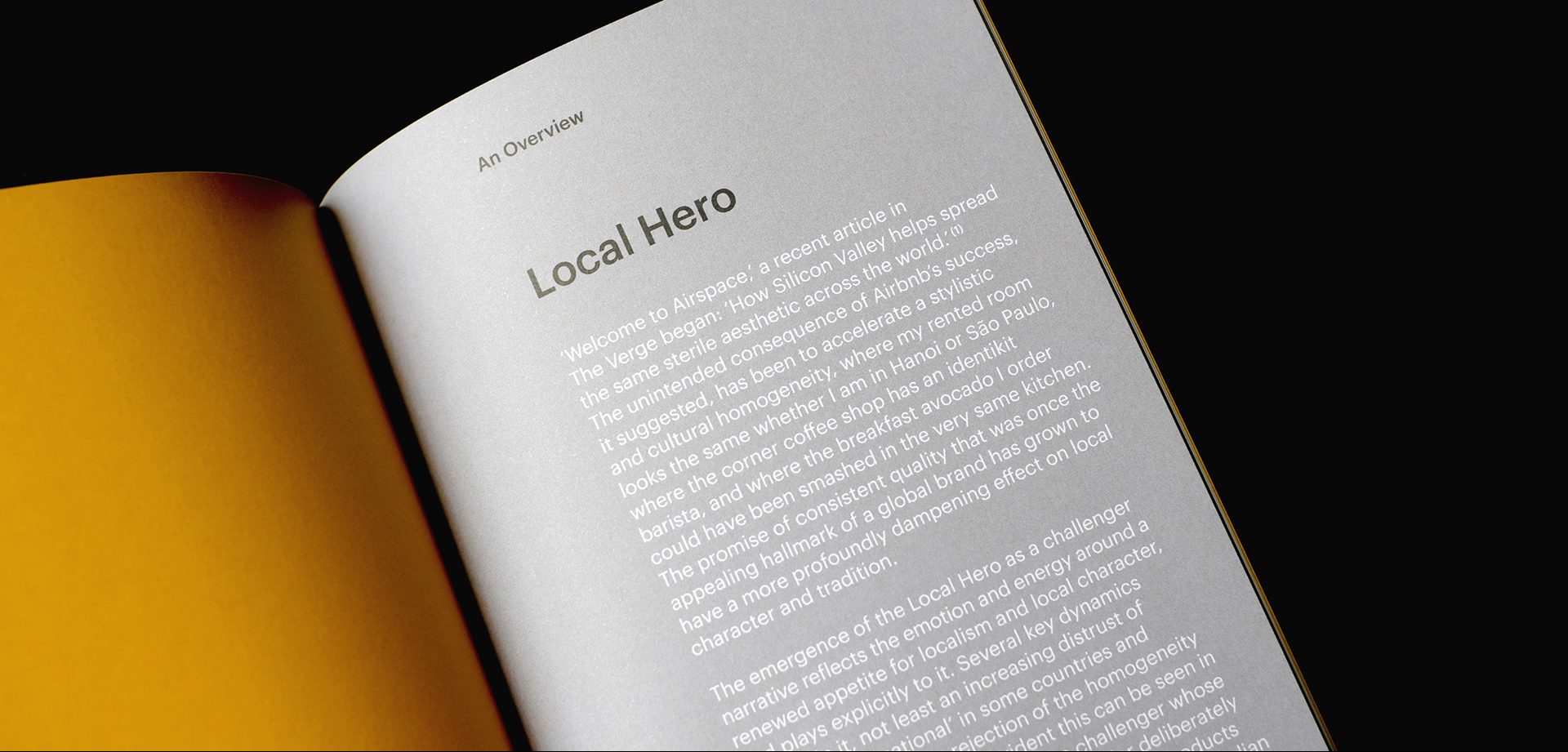Adam Morgan coined the term ‘challenger brand’ in his 2009 publication Eating the Big Fish and co-authored PHD’s 2012 book, Overthrow: 10 ways to tell a challenger story. Both books explained the traits of the different challenger attitudes and illustrated how to embrace their behaviours. In many ways, they made it easier to act like a challenger brand than it sounds. This year, PHD and Morgan renewed their collaboration with an update on Overthrow, which was launched at this year’s Cannes Lions Festival. Like its predecessor, Overthrow II – 10 strategies from the new wave of challengers is eminently accessible and compelling.
I read it over breakfast one Saturday and finished it in one take! It communicates its message clearly and effectively, inspiring and helping the reader to begin the transformation process.

One of its most important points is what being a ‘challenger brand’ means today, 10 years after the term was coined. It is no longer one that challenges an established competitor, instead taking on something they feel the need to change. This could be consumers’ historical relationship with a project; the ethics of a category; the existing power structure that shortchanges the consumer; or the established codes and norms that are no longer desirable in today’s context.
In cluttered markets, adopting a challenger mentality has never been more vital for differentiation and success. Overthrow II breaks this down so that readers can get a firm grip of what being a challenger brand involves. The keyword here is adoption. It must be fully embraced and not ‘aped’. Overthrow II describes 10 ways in which this can be done by brilliantly personifying the characteristics of a challenger, as an individual and as a business.
I found these 10 challenger types very accurate and particularly liked the Local Hero, the Dramatic Disruptor and the Feisty Underdog. Each description reveals subtle yet deep differences on multiple approaches to challenging a market. For each challenger type, there is a real and useful business example. They come in the form of interviews and conversations with some of the most interesting contemporary brands around, including Oatly, BrewDog, COPA90, Tony’s Chocolonely, Mailchimp and Xiaomi.
Overthrow II details the strategic principles that each follows, the media behaviours they display and the role that technology, data, culture and creativity play. This format makes it easy to either read from cover to cover to take in all 10 challenger types and find the one that suits you best or pick the snippets that will help you find your new tribe and adopt new ways and strategies.
The book also shares nine cheat codes that are consistent across every challenger type. Even if you implement just one of these lessons, you will have started the journey to outperform the market. My personal favoUrite is ‘attitude over audience’. This lesson demonstrates that a ‘target audience’ isn’t an audience at all for challenger brands, it’s a mindset. We are different from one moment to the next and targeting should be about the ‘when’ and the ‘where’, rather than the ‘who’.
Moreover, this book also explores how venture capitalists are recognizing the importance of challenger mentality in the businesses they support and invest in. As product supply, manufacturing and distribution have never been easier, the focus is now firmly on brand positioning, identity and consumer proposition.
The key message from Overthrow II is that anyone and any business can be a challenger. Brands that are built on passion, quality, and have a clear mission from management will always be successful and attractive to VCs. It may be a small and easy to read book but it certainly packs a punch. Inspirational and compelling, it’s an essential read for marketers in charge of any type of brand. Everyone has something they can challenge.
You can discover your challenger type by taking the challenger quiz at www.overthrow2.com and order your copy while you’re there.



